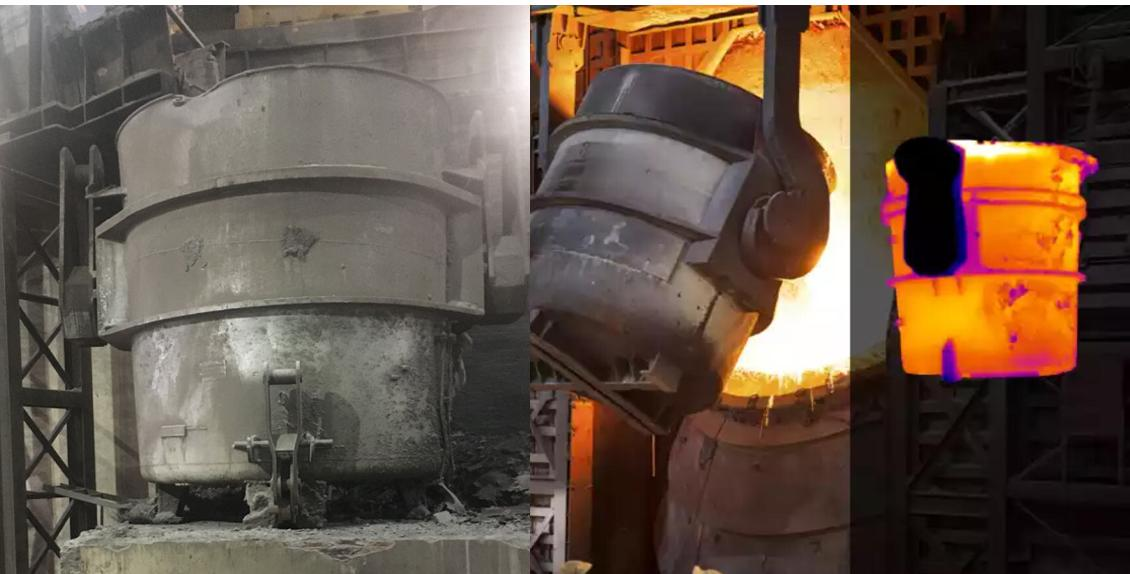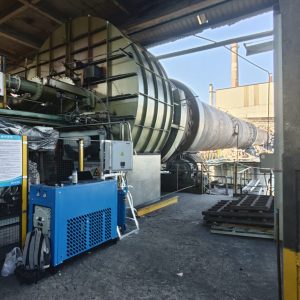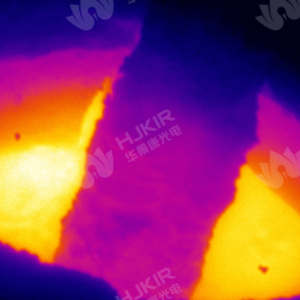

Backaground
As an important container for transporting molten steel and conducting secondary metallurgical reactions in the converter and continuous casting sections, the management and scheduling of the ladle play an important role in optimizing the operation and energy saving and consumption reduction of the steel plant. The ladle consists of a barrel, a lining, a nozzle opening and closing device, and a breathable brick.
The main function of the ladle is to receive the molten steel and part of the slag flowing out of the tapping door of the primary steelmaking furnace (converter or electric furnace). The molten steel can be calmed for a period of time to adjust the temperature of the molten steel, even the composition, and float the non-metallic inclusions in the molten steel. At the same time, the steel flow is opened and closed during the pouring process to control the flow of molten steel and liquid steel to ensure smooth pouring.
In recent years, major accidents caused by safety hazards such as overheating of molten steel (iron) piercing the ladle, severe wear of the ladle lining, and fatigue damage in the ironmaking and steelmaking processes of the metallurgical industry have frequently occurred, posing a serious threat to production safety.
Practice has shown that the initial defects of the ladle lining will gradually develop from point to surface until complete failure. When the lining peels off in the early stage, the temperature of the peeling point area will be abnormally high, and the temperature of the defective area will be significantly higher than other locations. Therefore, the use of infrared thermal imagers to achieve online rapid detection and diagnosis can timely detect abnormal temperature changes of equipment, locate defective parts, and promptly avoid safety accidents to ensure normal production operations.
Advantagies

3 Big Benefits: Spot furnace problems before they ruin batches Save energy by finding heat leaks Improve quality with even heating Real-World Example:A cement plant using infrared cameras thermal imaging found a hidden hot spot that could have caused a 3-week shutdown. The fix took 2 days. How It Works in Practice: Scan electrolytic...

Short-wave temperature measurement (ir camera for sale) has the following significant advantages, especially in the fields of industrial detection, remote sensing monitoring, high-temperature measurement, etc.:一. Fast response speed, suitable for dynamic measurement 二、Small environmental interference and high measurement accurac...